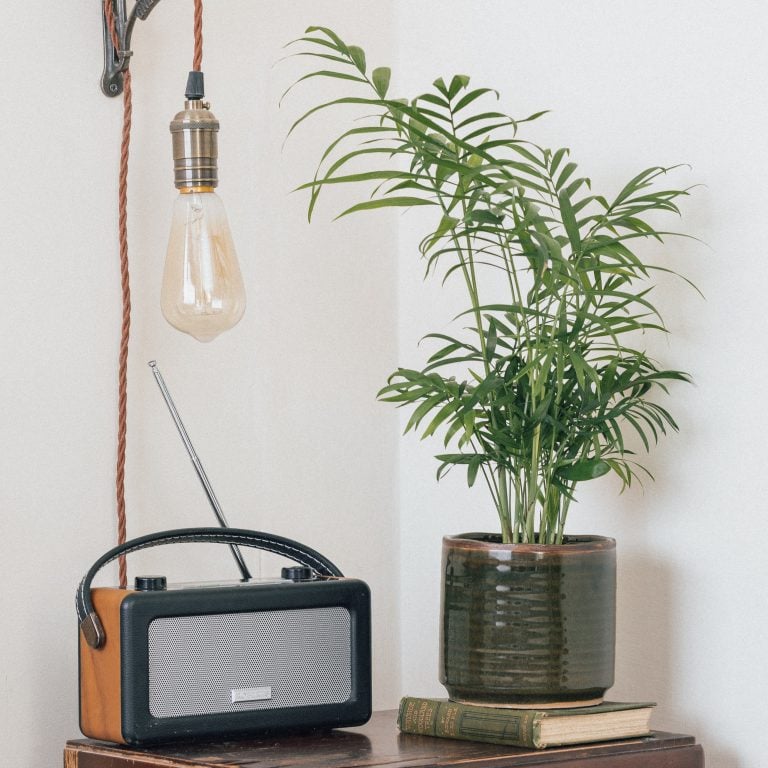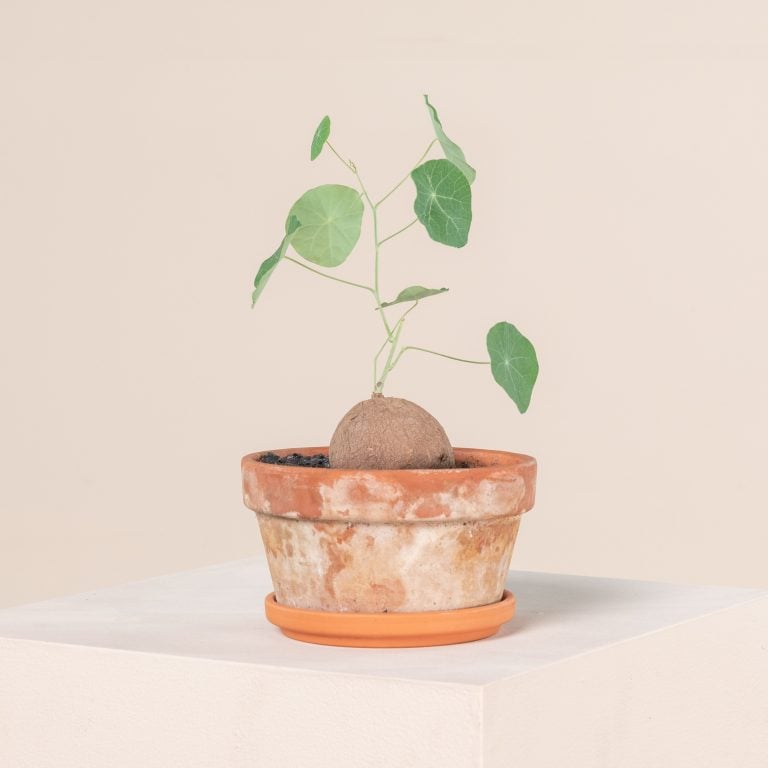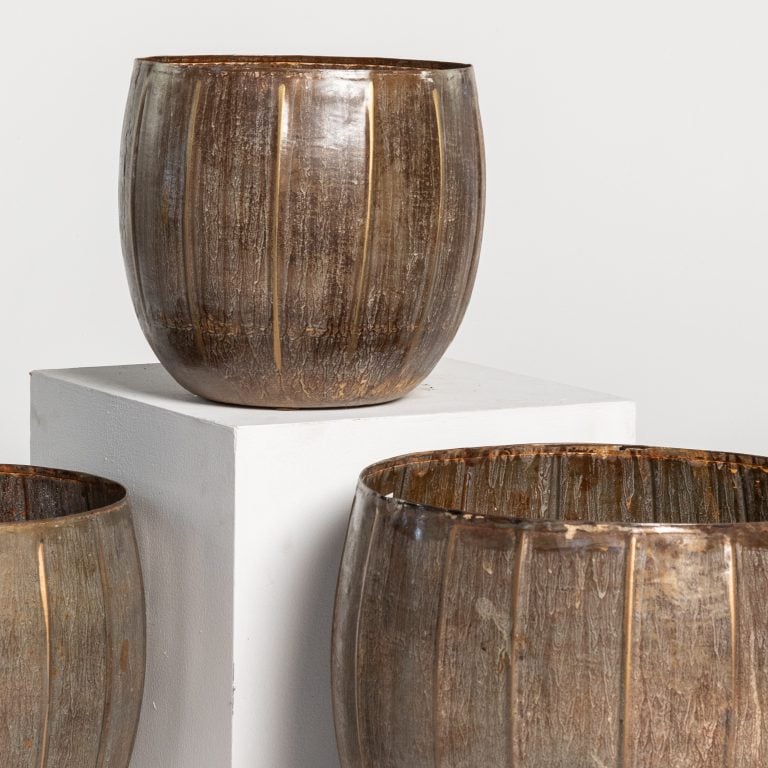Most of the plants sold online will be delivered to you in plastic nursery pots. These are not always the best looking and most likely won’t fit any home style you may have.
Why not place it in a decorative pot. Easy to say, not so easy to choose. Sometime, style and dimensions listed online might not make too much sense.
Here are some tips on how to choose the decorative pot that is the appropriate size for your newly purchased plant.

The right fit
A pot that is too large or a pot that is too small is never a good thing. The decorative pots should be adjusted to the size of the plastic nursery pot that the plants come into.
Houseplants are listed with the diameter of the pot and the total height including the pot. However a 40 cm plant pot will not fit into a decorative plant pot that is also 40 cm. Some decorative pots have thicker or thinner walls, rims or lips, making the fit almost impossible. Your decorative pot should always be larger to account for the pot’s walls thickness.
For plants that are in pots of 14 cm or less, choose a decorative pot that is about 2-3 cm larger in diameter. For nursery pots that are larger than 14 cm, a good rule of thumb would be to choose a decorative pot that is 5-10 cm larger.
Choosing the decorative pot too large might make the plant look small in comparison.

The right material
Decorative pots come in so many shapes and made of a variety of materials: terracotta or unglazed ceramic, glazed ceramic or glass, natural fibres or metal, or even plastic composites.
Terracotta pots will absorb the excess moisture and white patches of minerals will appear in time on the external surface of the pot. Natural fibres tend to rot when kept in humid conditions for too long.
Metal pots are usually made from pieces of metal welded together, and therefore not water tight. In time, water at the bottom of these pots may lead to corrosion and rust.
When choosing the pot, make sure you make an informed decision about the material they’re made of and how these materials behave over time.

The right protection
For all the pots that are made from materials that are affected by water sitting in the pot, it’s best to consider a plastic liner that will protect the pot from being in contact with water every time you water your plants.
Plastic liners come by default with all our metal pots, and the natural fibre pots have a plastic liner already built into them.
Metal pots have also the tendency to create condensation on the outside, close to the bottom, therefore an ideal solution is to place them on a felt pad or an absorbent material that will protect the floor or carpet it sits on.